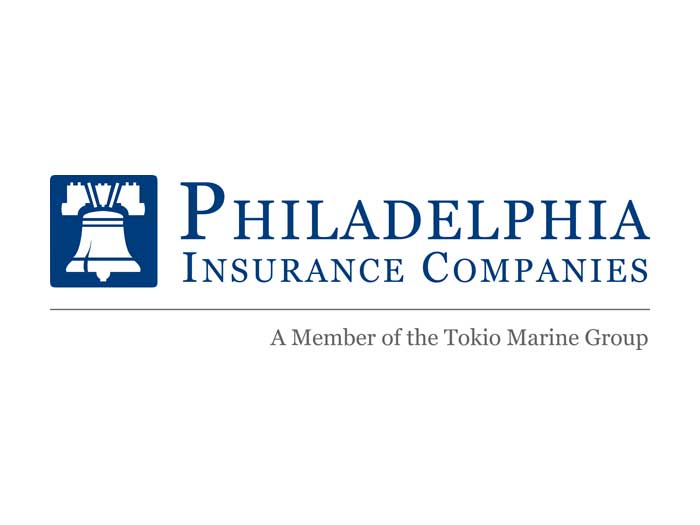Financing Renewable Energy Risk Is Challenging. Can Carriers Deliver Consistent Pricing and Terms for the Industry?
The renewable industry looks to be at an inflection point — yet new opportunities still lie ahead. Benefits from the Inflation Reduction Act are now starting to be realized, with 2023 utility-scale solar deployment rates forecasted to be double those in 2022.
The U.S. solar industry appears to have weathered strong headwinds from delayed IRA guidance, supply chain disruptions, labor shortages and rising capital costs that exacerbated project delays.
Though near-term hurdles persist, many remain confident IRA tax credits will drive renewable energy expansion long term as the industry works through current issues. From unpredictable pricing to battery fire hazards, insurance remains a complex issue for renewables, but innovative solutions are emerging amid the uncertainty.
A Volatile General Liability Landscape
General liability coverage for the renewable energy industry, particularly solar PV and energy storage, remains unpredictable and inconsistent.
Unlike more established industries, there are no standardized insurance rating codes specifically for renewable energy general liability exposures. This results in significant variability in how different insurers assess risk and price coverage.
There is not yet industry consensus on a rating methodology — some base rates on megawatts, acreage, policy limits, or other factors — making pricing difficult to predict. Brokers want more standardization and consistency to provide clarity on benchmark pricing and properly advise their renewable energy clients.
Overall, renewables general liability is still a “Wild West” market with ample opportunity for an insurer to lead in bringing structure and consistency.
Could Parametrics Plug Excess Coverage Gaps?
Interest in parametric insurance options to cover weather risks like hail damage for solar projects is rising, as finding affordable excess hail coverage has become increasingly difficult.
Parametric policies pay based on an event trigger rather than actual property loss. These structures are gaining some traction as a gap-fill alongside property policies, though they may be a tough sell for clients wanting guaranteed payouts for damage.
The parametric trend highlights an increasing appetite for capacity solutions amid a hard property insurance market. Overall, parametric insurance appears to be an evolving option, but there is still more to be learned.
Battery Fires: A Burning Dilemma
Uncertainty remains around best practices for mitigating battery fire risk in energy storage systems.
Some battery operators promote fire suppression for lithium-ion batteries as an important safeguard, while others suggest these systems have limited effectiveness. Letting batteries burn in a controlled manner may be preferable, since, as one fire suppression expert said, “nobody has yet figured out the technology to put out a lithium fire.”
Effective solutions likely involve focusing on early fire detection and prevention through thermal management and load-balancing software to predict and prevent thermal runaway.
However, upgrading fire safety capabilities on older nickel manganese cobalt (NMC) batteries appears limited, raising concerns these systems remain vulnerable compared to newer lithium iron phosphate (LFP) technologies — which themselves have caught fire over the past year.
Overall, battery fire hazards persist, especially with aging NMC storage sites, though the technology shift towards less fire-prone LFP chemistries should help incrementally. Underwriting experience to effectively manage battery system fires will be key, highlighting batteries as still a challenging market within the broader renewable energy segment.
Resilience and Contingency Planning Are Key to Minimizing Business Interruption
Supply chain disruptions and lagging equipment lead times are leading to tighter business interruption (BI) and equipment breakdown insurance terms, and increased scrutiny of indemnity limits and revenue cycle time assumptions for renewable energy providers.
As more renewable projects seek the Production Tax Credit, BI limits within property policies are forecast to increase significantly, exposing carriers to more operating risk.
As a result, carriers are considering longer BI waiting periods to share some risk with insureds. Policyholders can proactively mitigate time-related disruptions and instill confidence in insurers by implementing resilience and contingency strategies.
Securing alternative suppliers of critical equipment and parts and having a repowering plan in place for aging equipment can significantly reduce lead times, which in turn can shorten the waiting period allowed by the insurer.
Looking Forward
The renewable energy industry is at a crucial juncture, with the Inflation Reduction Act catalyzing growth despite ongoing challenges, underscoring the sector’s durability in the face of obstacles such as delayed guidance, supply chain disruptions and labor shortages.
In response to emerging complexities, the industry is exploring innovative solutions to address gaps in coverage and tighter terms, especially for weather-related risks like hail damage. This trend reflects a growing appetite for capacity and resilience solutions amid a challenging property insurance market. &










